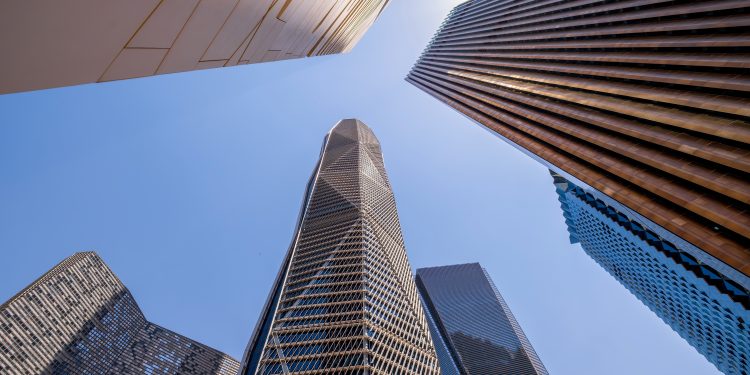A recent analysis from Goldman Sachs reveals that Saudi Arabia is set to channel $1 trillion into strategic sectors by the year 2030, with the aim of diversifying its economy beyond the oil industry. The investment giant anticipates a ‘capex super-cycle’ with 73% of the funds being allocated to non-oil industries.
Priority areas for investment over the next decade include clean energy, mining, and logistics. The report indicates a surge in clean energy spending, expecting it to rise to $235 billion, a significant increase from the initial $148 billion projection, as the Kingdom seeks to more than double its 2030 clean energy targets.
Faisal Al Azmeh, a leading equity research analyst, mentioned that directives from the energy ministry will likely reduce oil sector capital expenditures by $40 billion between 2024 and 2028. Nevertheless, natural gas remains integral to Saudi Arabia’s goals for decarbonization, economic expansion, and diversification.
Investment forecasts for upstream oil and gas have been adjusted down to $190-220 billion from a previous estimate of $230-260 billion. However, the pace of renewable energy development has accelerated, with approximately 11 GW of solar photovoltaic capacity currently in implementation, and an additional 16.7 GW of solar and wind capacity in the planning phase. Accordingly, solar energy targets for 2030 have been elevated from 58.7 GW to a range of 100-130 GW.
Mining is another sector identified for heightened investment. The Kingdom plans to issue over 30 mining exploration licenses this year and has initiated a comprehensive mineral exploration incentive program to spur further investment in the industry.
Saudi Arabia aspires to become a leading global logistics hub and tourism destination, with extensive plans to revamp aviation, transportation, and logistics sectors.
Regarding the financing of these major investments, Goldman Sachs Research notes that the nation’s budget deficit is expected to widen to 4.3% of GDP this year, up from 2% the previous year, primarily due to increased spending and partly due to lower oil revenues. Despite uncertainties over how the larger deficit might impact investment timelines, the capex super-cycle is likely to remain a pivotal economic theme for Saudi Arabia’s foreseeable future.
The Kingdom has historically depended on bank loans for growth support. But with loan growth outstripping deposits, creating a tight liquidity situation, Saudi Arabia may need to explore alternative financing options to bridge an estimated $25 billion annual funding gap for its capex projects.


